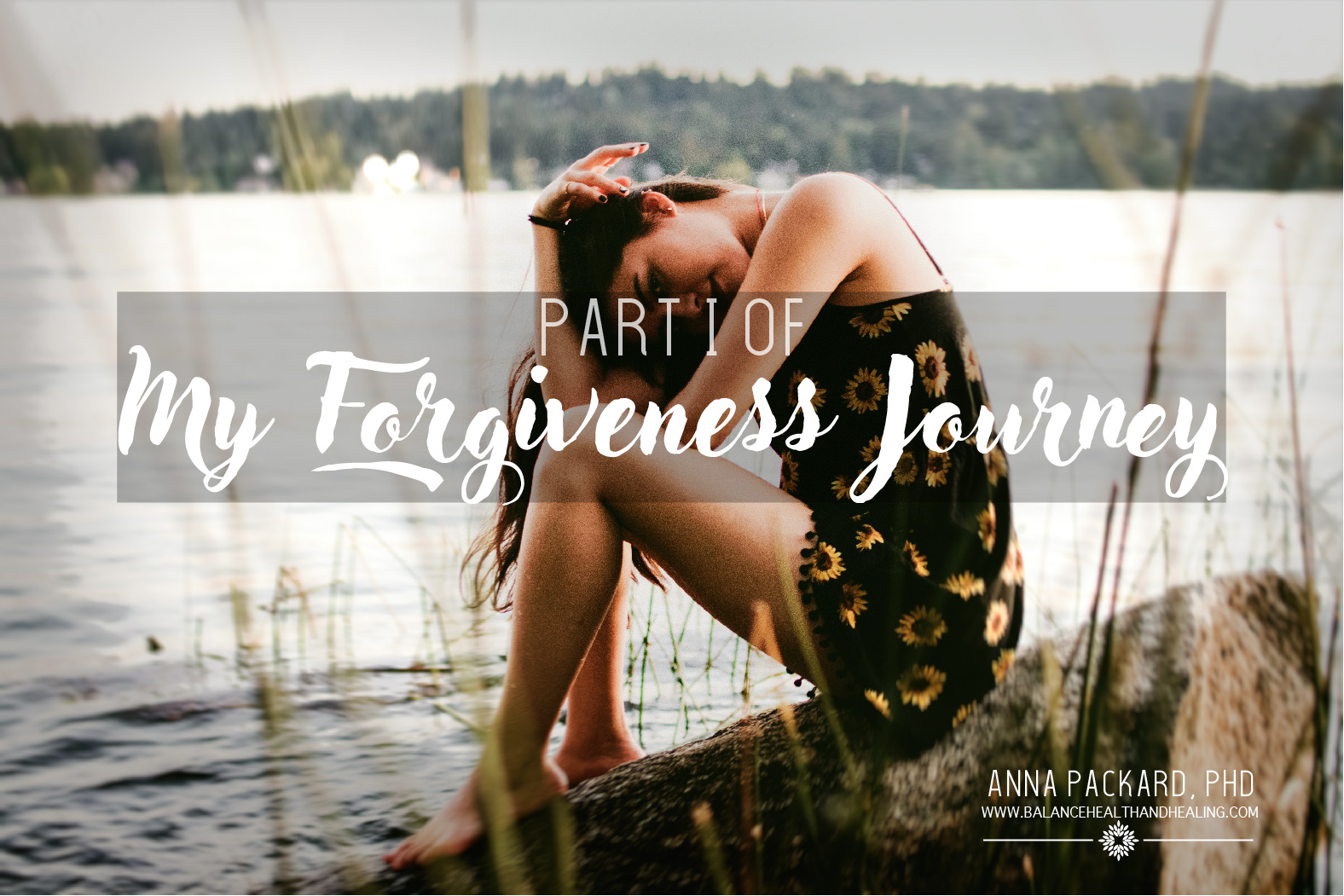I told you I would update you on my progress with my New Years Resolution to work on forgiveness. Well, the year is almost half over so I figure it is time to check-in.
If I’m being honest, this is a task that I haven’t wanted to “lean into” and it’s been easy to forget about and just go about my days. Someone said it’s harder to hold a grudge than to forgive. I completely disagree. Forgiveness feels super hard, whereas my grudge requires nothing from me but my righteous indignation. I am fully aware, though, that this grudge significantly impacts my happiness and peace.
I don’t want to say I’ve completely neglected my resolution. I’ve been active in directing my thoughts and energy elsewhere. When those familiar hurt feelings reared their ugly head, I had a mantra, “I don’t want to spend my energy here.” This helped me to stop fanning my flames of anger but didn’t help me heal.
How to Forgive
So last month I decided to explore forgiveness in more depth. What strikes me is how much we know about the benefits of forgiveness but hardly anyone talks about how to forgive. A huge part of my struggle has been this lack of direction. Forgiveness, for me, didn’t feel as simple as making a choice. I needed concrete steps to pursue.
In service of learning how to forgive, I read “The book of forgiving: The fourfold path for healing ourselves and our world” by Desmond and Mpho Tutu. I found this book very useful in clarifying how I can approach my forgiveness journey.
“None of us wants to have our life story be the sum of all the ways we have been hurt. We are not created to live in suffering and isolation. We are created to live in love and connection with one another. When there is a break in that connection, we must have a method of repair,” (p. 46).
The Tutu’s book outlines the method for that repair and I found it very practical and helpful.
Tell the Story
The first step in moving toward forgiveness is to Tell the Story. I love that they identify this as the first step. The Tutus explain that this step helps us begin to take back what was taken from us. If we move too quickly to try to move past this, we don’t honor the hurt we experience, nor allow that hurt to move through us. If we move too quickly to repair, we run the risk of burying our story and emotions instead of processing them.
Further, as the Tutu’s explain, “When we cannot admit our own woundedness, we cannot see the other as a wounded person who has harmed us out of his or her own ignorance, pain, or brokenness. We must reject our commonality,” (p. 51).
Stick to the Facts
 There are several ways we can choose to tell our story. An important element to remember is to stick to the facts. We should refrain from embellishment or assigning meaning or intention to our perpetrator’s behaviors. The reality is, we aren’t good mind readers. When telling our story, we must stick to the facts, and stick to our own experience.
There are several ways we can choose to tell our story. An important element to remember is to stick to the facts. We should refrain from embellishment or assigning meaning or intention to our perpetrator’s behaviors. The reality is, we aren’t good mind readers. When telling our story, we must stick to the facts, and stick to our own experience.
It is critical in this step to decide wisely who we tell our stories to. There is value and power in telling our story to the person who hurt us. The Tutu’s express that having this direct conversation is “the quickest way to find both peace and the will to forgive,” (p. 81). However, we must feel safe to do this. If we have reason to believe that the person who hurt us won’t be receptive of our story, it might be more damaging to share with them. Instead you can choose to write them a letter (that you don’t send) or share with a close friend. If you share with a friend, it’s important to choose one who won’t fan your flames of righteous indignation. You need to choose a friend who will express empathy, compassion and help you move toward forgiveness.
You may also choose to tell your story publicly, through a blog or other venue. This can feel empowering but we need to consider our vulnerability. I like how Brené Brown talks about choosing carefully who we are vulnerable with or not. Not everyone deserves to hear our stories. If you believe it would feel more empowering to share in a public way, go for it. But if you feel you could be further hurt by insensitive comments from friends, acquaintances, or strangers, I would recommend sharing your story more privately.
To Be Continued
The remaining three steps are imperative in my forgiveness journey, and I will explain them in next week’s blog post.
Reference
Tutu, D & Tutu M (2014). The book of forgiving: The fourfold path for healing ourselves and our world. Harper Collins Publishers. New York, NY.

